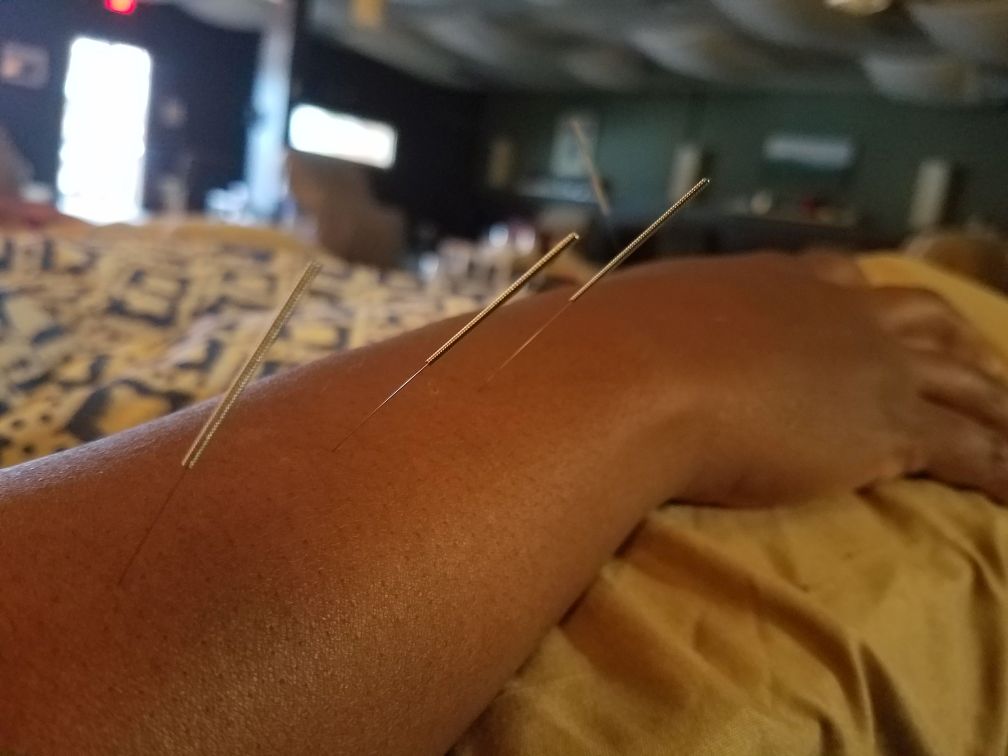
Acupuncture is one of the oldest, most common and dependable medical therapies used in the world. It is by nature simple, safe and effective health care.
Acupuncturists use thin, sterile, one-time-use disposable needles inserted superficially into specific areas of the body in order to help the body's ability to heal itself. Over the three decades or so in which acupuncture has developed in the U.S., it has been proven to be not only exceptionally safe when performed by licensed acupuncturists, but statistically effective in an increasing body of scientific studies.
Our experience tells us acupuncture can reliably and safely decrease pain and inflammation, quiet spasms, boost immunity, dispel migraines, shrink swelling, relieve pain in almost any location, regulate hormones, cut recovery time from surgery almost in half, calm anxiety, lift depression, restore mobility, improve digestion, and create a deep feeling of rest.
Acupuncture is particularly helpful for people with chronic diseases, meaning conditions that can be managed but not cured. Because these folks often need to take many medications with multiple side effects, acupuncture can greatly improve their quality of life by helping with mood, energy and sleep – without creating any more side effects. Acupuncture will normally cause people to feel sleepy during the time of treatment. In our treatment spaces you'll find family, friends, and neighbors literally napping together as they work towards common goals of better health, less pain, and relief from stress.
Yeah, but how does it work? What's it really doing?
This is the million-dollar question. The answer is - there is most likely no one answer. Whether seen as a result of particular chemical/hormonal processes, movement of bio-electricity, vascular excitement, regulation of the central nervous system, connective tissue communication, 'placebo' effect, positive thinking or the manifestation of qi, acupuncture works.
If you'd like answers to a few more questions, head to the FAQ or read the little Q & A book we wrote, 'Why Did You Put That Needle There?' for free.


